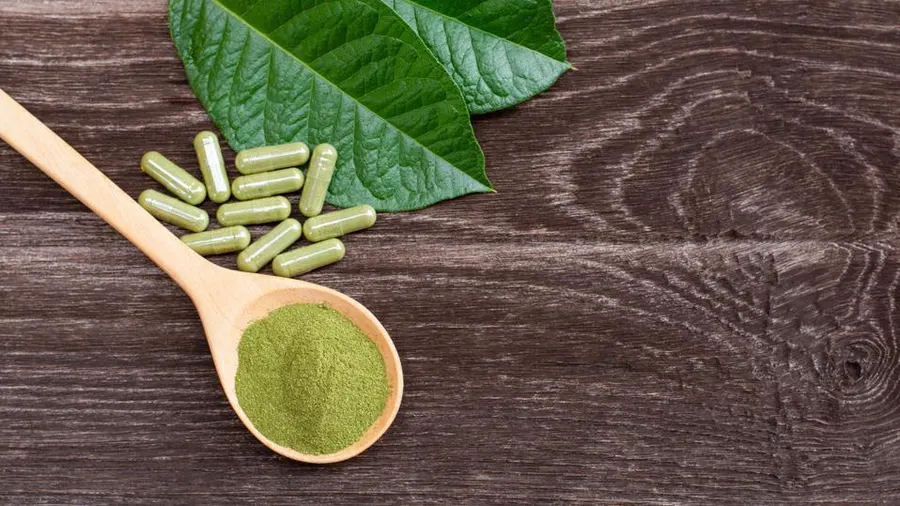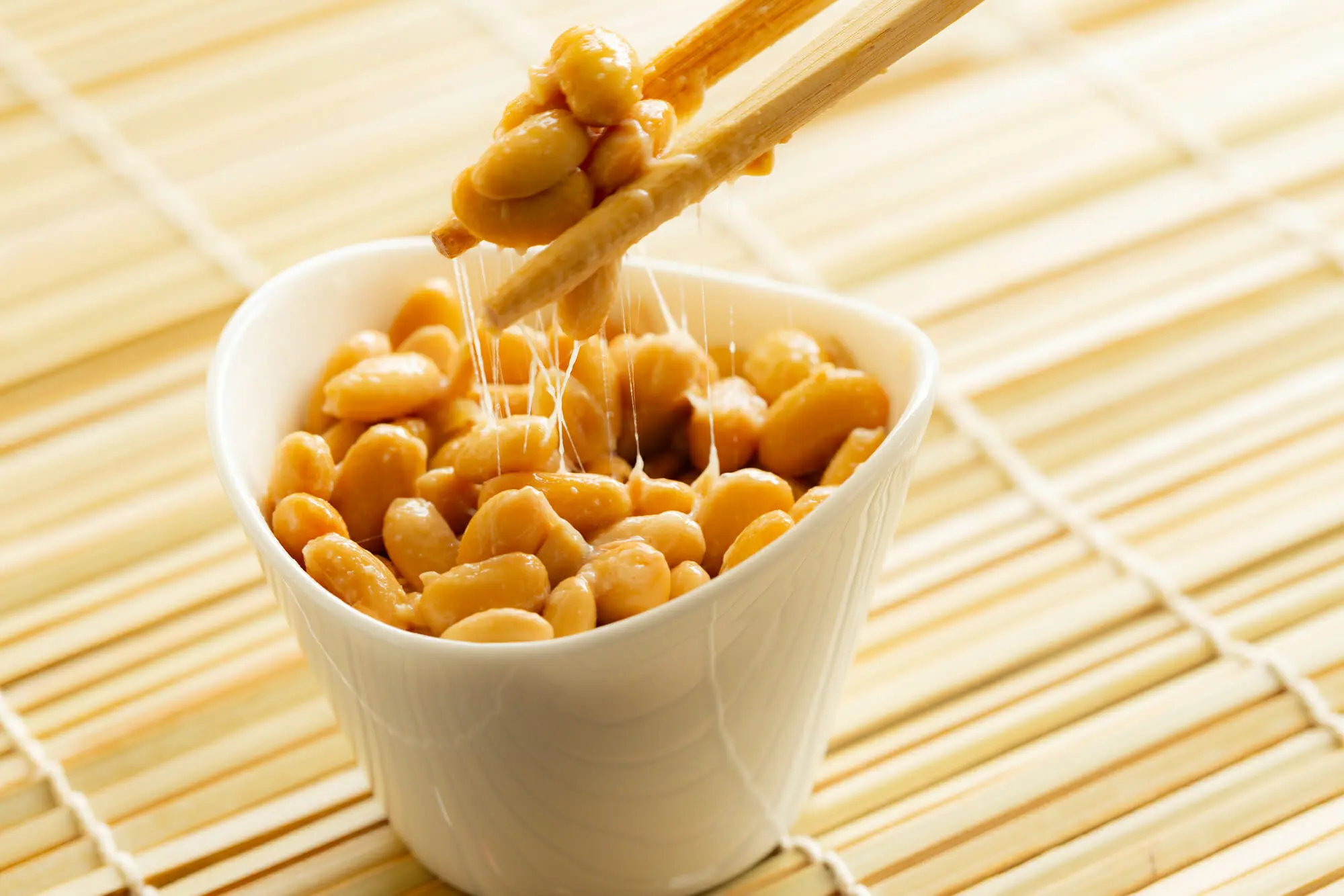Southeast Asia’s Mitragyna speciosa tree produces Kratom powder. The herb has been used as a stimulant and analgesic in this region for centuries. Recent years have seen a rise in the popularity of kratom powder as a natural alternative to prescription medication.
Benefits of kratom powder
Kratom offers some unique advantages as an alternative to prescription medications:
Pain relief
Activates opioid receptors in the body, such as morphine and codeine. Multiple studies have verified this analgesic effect. The plant may help sufferers of arthritis, fibromyalgia, and multiple sclerosis.
Improved mood
Kratom also eases pain and reduces depression and anxiety. Branches of kratom contain active alkaloids that interact with the brain’s dopamine receptors. A depressant and anxiolytic effect is provided.
Increased focus and motivation
Lower doses of kratom increase alertness, motivation, and sociability. The kratom effects on concentration can be observed during work, study, and other mentally demanding activities.
Opioid withdrawal management
Opioid addicts can use Kratom to ease withdrawal symptoms. With no respiratory depression or overdose risks, it activates opioid receptors like heroin and oxycodone. Under medical supervision, kratom is a safer substitute during detox and withdrawal.
Lower risk of dangerous side effects
It is less likely that kratom will cause respiratory depression, constipation, dependence, or accidental overdose death than prescription opioids. For centuries, Southeast Asians have used kratom safely. The use of kratom is encouraged, but the drug does carry some risks if abused.
How is kratom powder used?
There are several ways to consume kratom powder:
- Toss and Wash – This involves measuring out the desired dose of powder, placing it in the mouth, swishing it around to mix with saliva, and then washing it down with a drink. This method gets the powder into the bloodstream quickly. However, the taste is unpleasant.
- Mix with Beverages – Kratom powder blended into water, juice, milk, tea, coffee, or smoothies. The powder’s bitter taste is partially masked by strongly flavored drinks. It may take longer for the effects to manifest when consumed in beverage form.
- Capsules – Pre-measured kratom powder purchased in capsule form for convenient dosing. Capsules are easy to swallow, but they delay absorption compared to other methods.
- Adding to Foods – Some users mix kratom powder into foods like yogurt, oatmeal, or apple sauce. It masks the flavor and makes ingestion seamless. Effects may manifest more slowly than with other methods.
- Kratom Tea – Steeping kratom powder in hot water extracts the active alkaloids, producing a bitter tea. Sweeteners and lemon improve the flavor. Tea often causes faster delivery of effects.
- Tinctures – Kratom powder is infused into an alcohol solution to produce a concentrated tincture. Only a few drops are needed to achieve desired results. Tinctures allow for precise dosing.
Conclusion
Kratom powder dosage depends on the desired effects and the individual’s tolerance. Beginners are advised to start with 1-2 grams and increase slowly as needed. For stimulant effects, most people take 2-6 grams. Pain relief may require 5-15 grams. It’s best to use the lowest effective dose and avoid exceeding 15 grams. Measuring with an electronic gram scale provides the most accurate doses. Ingestion has immediate effects and lasts for about 2-5 hours. You should wait 4-6 hours between doses to prevent potential side effects.










